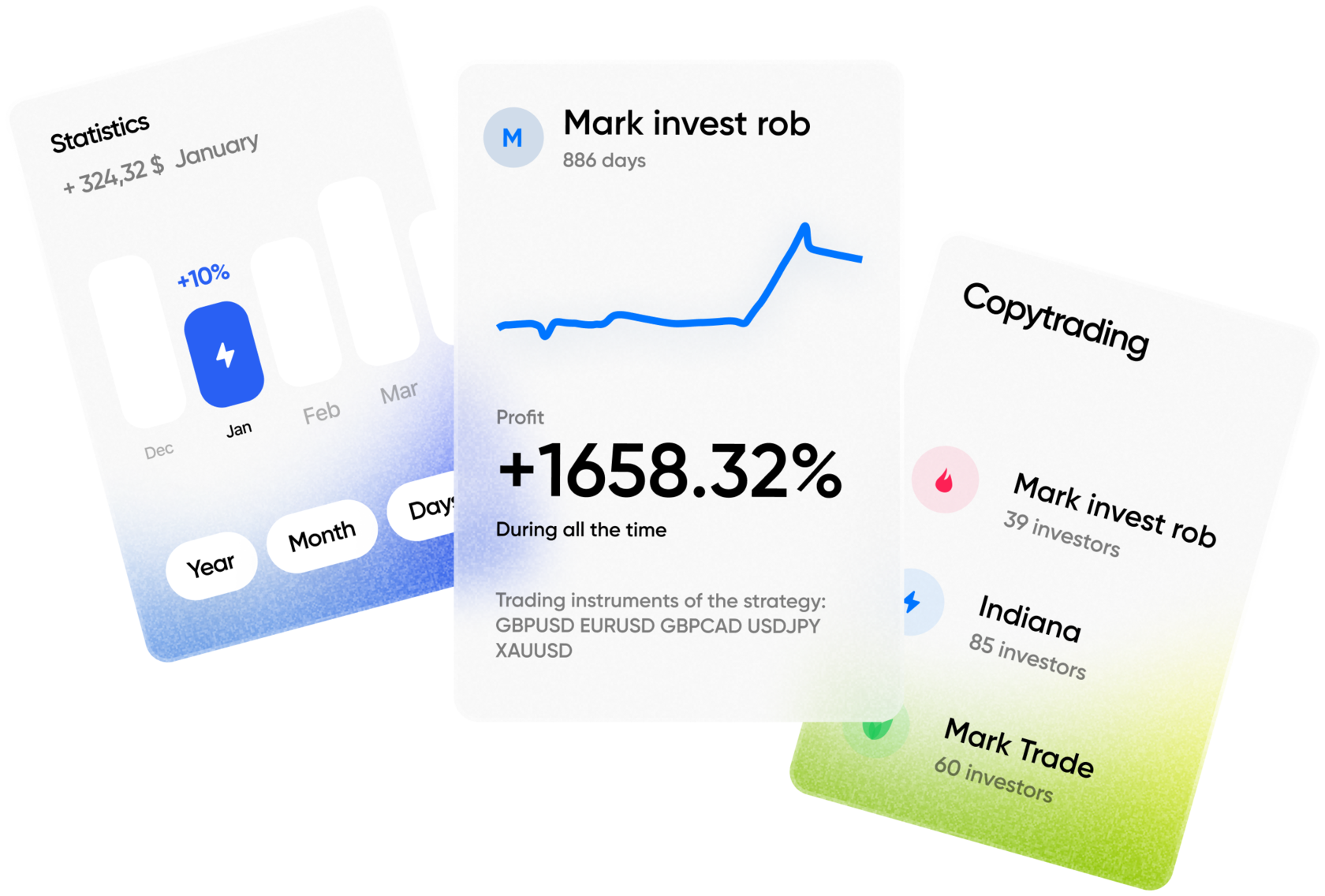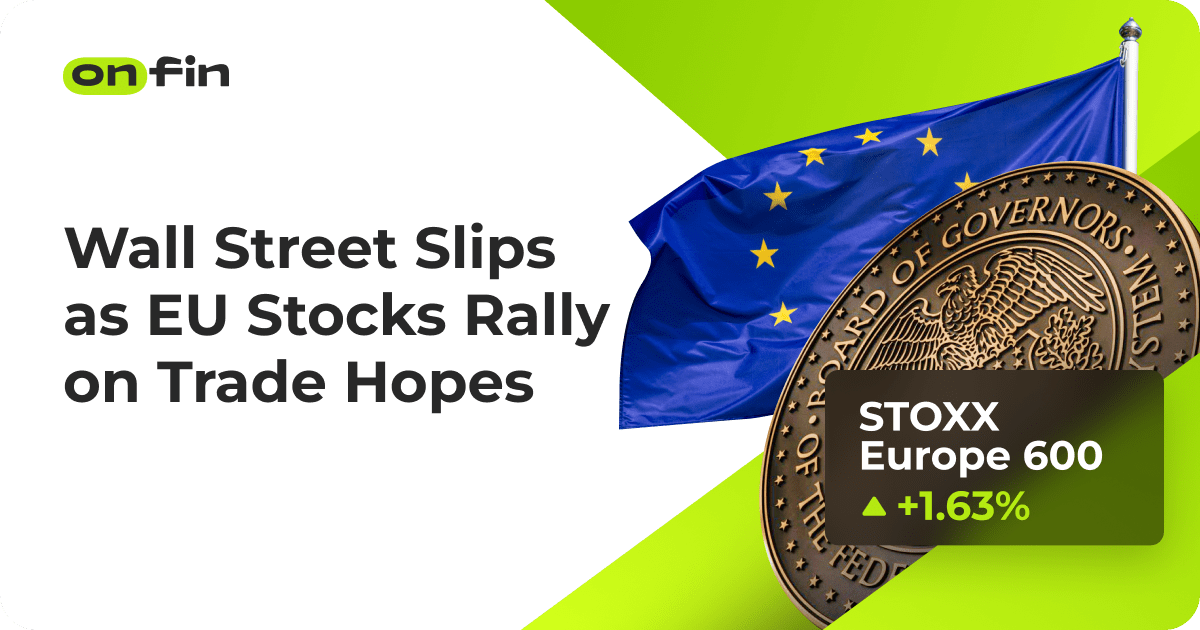On Tuesday, April 15, 2025, the optimism that had recently buoyed U.S. equity markets began to fade, as major Wall Street indices posted moderate declines. The market pullback came after a brief rally earlier in the week, sparked by the White House’s announcement of a temporary suspension of certain trade tariffs. By the closing bell, the Dow Jones Industrial Average, S&P 500, and Nasdaq Composite each closed lower by approximately 0.3% to 0.4%, marking a return to caution among U.S. investors.
Despite recent signs of cooling inflation and a potentially more dovish stance from the Federal Reserve, Tuesday’s session reflected renewed concerns about the sustainability of economic growth and corporate profitability in the face of ongoing geopolitical risks and mixed macroeconomic data.
In contrast to the subdued performance in the United States, European stock markets maintained their upward momentum, with strong rallies across the continent. The STOXX Europe 600 index — a broad gauge covering major companies from 17 European countries — surged 1.63% on the day, adding to its multi-session winning streak. Markets in Germany, France, Italy, and Spain all closed higher, buoyed by reports of modest but promising developments in transatlantic trade negotiations.
Subtle Diplomatic Breakthroughs Between the EU and U.S.
According to several European news outlets and trade insiders, diplomatic discussions between the European Union and the United States have led to tentative progress in resolving key disputes related to tariffs and supply chain coordination. While no binding agreements have been reached, statements from both sides suggest a constructive tone, with shared goals around reducing bureaucratic hurdles, aligning standards, and minimizing retaliatory measures in sectors such as industrial goods, agriculture, and clean energy components.
This perceived progress gave a significant boost to investor sentiment in Europe, as the region continues to rely heavily on export-driven economic activity. Traders responded to even modest signs of stability in the global trade landscape by increasing their exposure to cyclical sectors such as manufacturing, financials, and consumer goods.
Hedge Funds and Asset Managers Take Cautious Macro View
Meanwhile, institutional investors in the United States remain cautious. According to the latest Bank of America Global Fund Manager Survey, portfolio managers have adopted what strategists led by Michael Hartnett describe as a “maximum bearish stance on the macroeconomy”, though their sentiment toward the broader stock market remains more nuanced. This suggests that while investors are concerned about macro-level risks — including slowing global growth, high interest rates, and policy volatility — they are not yet fully retreating from equities.
Notably, the survey revealed that the average cash holdings in institutional portfolios have not yet spiked to levels historically associated with panic or “peak fear” phases. This indicates a wait-and-see approach rather than a rush toward defensive positioning.
Some strategists argue that this ambivalence reflects a complex market environment where investors are reluctant to take outsized bets — bullish or bearish — amid uncertainty surrounding key variables such as the Fed’s next moves, the durability of earnings growth, and the impact of trade policy on corporate supply chains.
Analysts Urge Caution Over Tariff Implications
Financial experts are also urging investors not to jump to conclusions regarding the ultimate impact of the recent U.S. tariff suspension. Anthony Saglimbene, chief market strategist at Ameriprise Financial, emphasized in a Tuesday note that the true economic consequences of tariff policy changes may take months to fully materialize.
“We would advise investors against making definitive assumptions about how these shifts in tariff policy will affect the economy or corporate earnings in the short term,” Saglimbene said. He added that the global economy is still navigating through a fragile post-pandemic recovery, compounded by disruptions in energy and commodity markets, and a more fragmented geopolitical order.
According to Saglimbene, a more prudent strategy for investors is to consider a broad spectrum of scenarios in the medium term, including both constructive and adverse outcomes. “Being prepared for multiple possibilities is more important now than betting on a single narrative,” he said.
Outlook: Volatility Likely to Persist
As the week progresses, analysts expect market volatility to remain elevated. Investors are closely watching upcoming corporate earnings reports, especially from large-cap U.S. companies in sectors like finance, tech, and consumer services. Meanwhile, eyes are also on the European Central Bank and the Federal Reserve for any new policy signals.
With ongoing geopolitical uncertainty — including tensions in East Asia and the Middle East — and uncertainty surrounding the long-term structure of global trade, safe-haven assets such as gold, U.S. Treasuries, and high-quality European sovereign bonds are expected to remain in strong demand.
The divergence between the U.S. and European equity markets could persist in the short term, particularly if the EU is perceived to be making faster progress in trade normalization. However, analysts caution that this divergence is likely to remain fluid, dependent on headline risks and data surprises.







